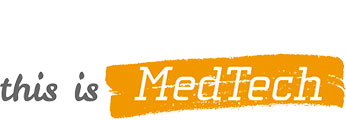Access to Ostomy Supplies and Innovation: Guiding Principles for European Payers
Continence, the ability to retain bodily discharge voluntarily1 is one of the first “rites of passage” for humans on the way to adulthood. For most of us, continence is such a basic, natural state that it is generally taken for granted. However, for approximately 700,000 citizens of the European Union, this is not the case. As a result of disease, genetics or trauma, these individuals have undergone ostomy surgery to remove diseased or damaged portions of their intestines or bladder. This being a life-saving procedure, ostomy surgery often results in a loss of sphincter control and redirects the output from the intestinal or urinary system to a surgically-created opening on the abdomen called a stoma. Unfortunately, patients have little or no control over the functioning of the stoma opening. While they are “cured” of their disease, people with an ostomy are also incontinent and must for the remainder of their lives wear an external skin barrier to protect their skin and, attached to the skin barrier, a prosthetic pouch (bag) to collect the effluent.
The purpose of this paper is to educate and heighten awareness of ostomy surgeries and the medical complications that can arise when people living with the effects of stoma surgery lack full access to the ostomy supplies they continuously need. It identifies the access issues currently experienced by ostomates within the EU and lays out a set of guiding principles for government, payers and regulators to follow to ensure every ostomate has access to these life-saving medical devices. It is hoped that this paper will facilitate constructive stakeholders’ dialogue, ensure representation of ostomates, clinicians, payers, policymakers, the industry, and promote efficient collaboration in finding the best solutions towards ensuring universal access to products that fit their individual needs.
Posted on 27.09.2012



